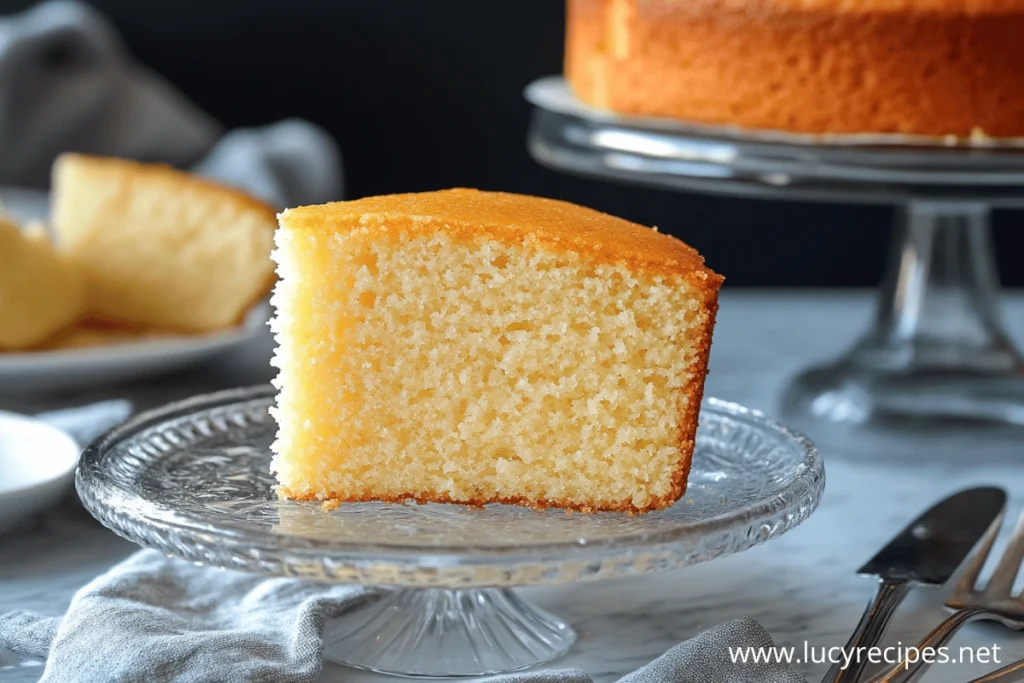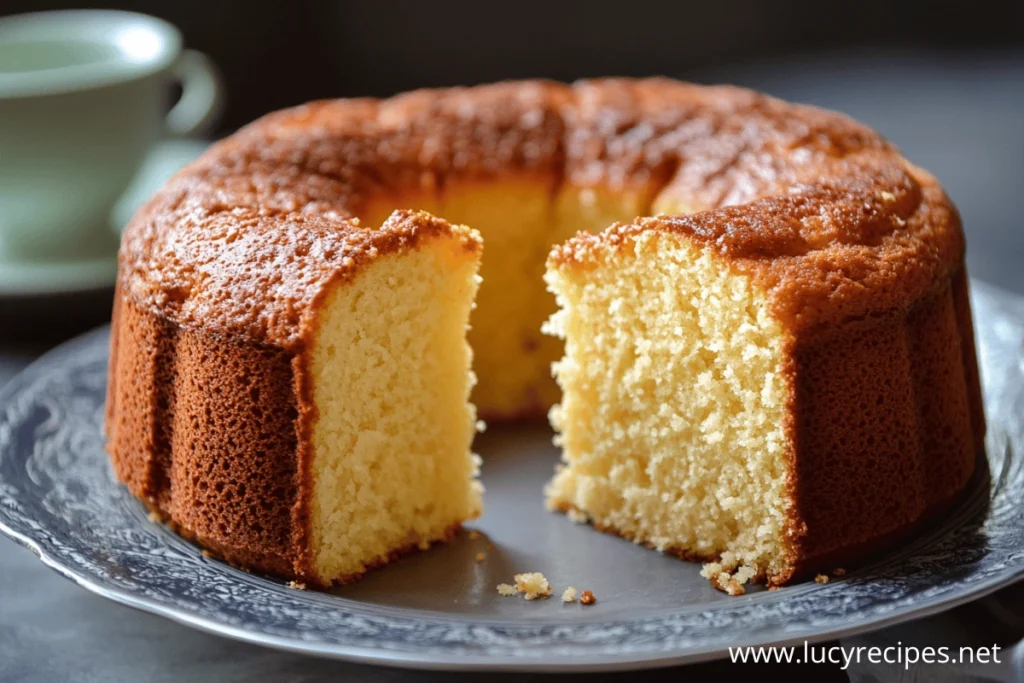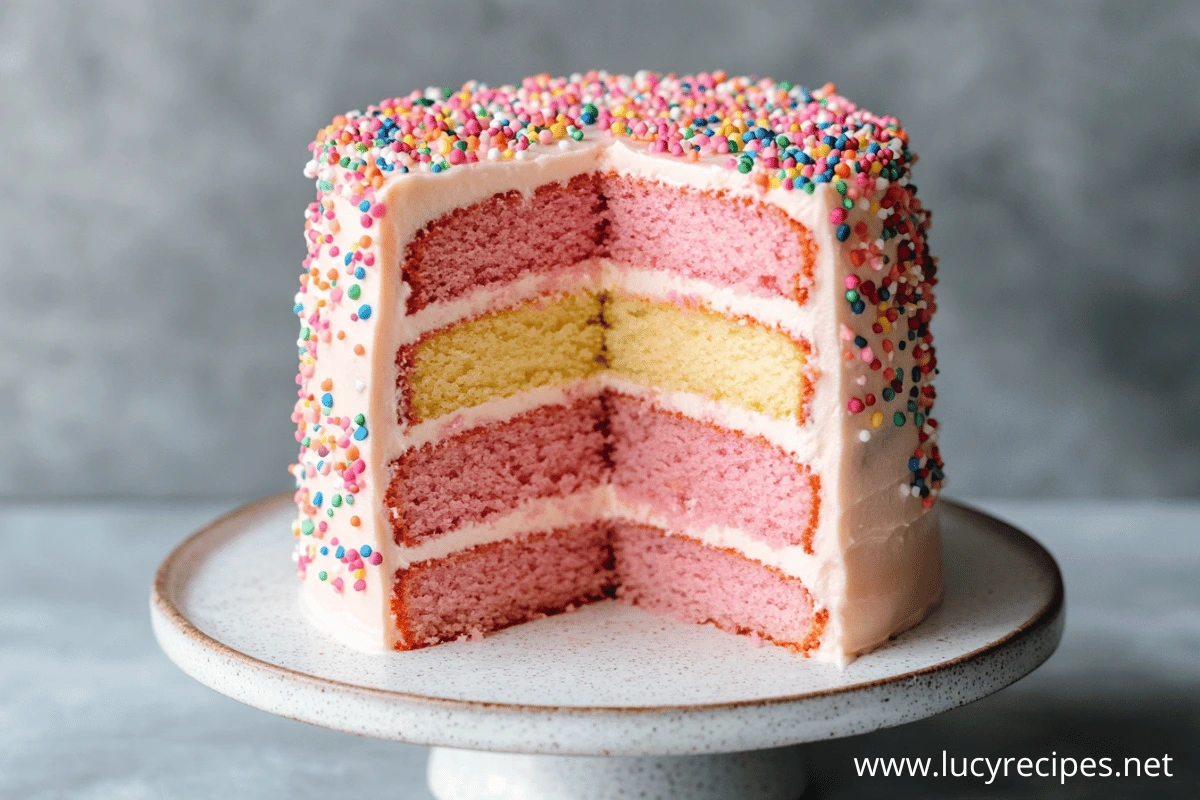Introduction
Baking the perfect cake is truly an art, and one of the most sought-after qualities in any cake is its moist, tender crumb. To start, there’s something undeniably magical about biting into a slice of cake that effortlessly melts in your mouth, leaving behind rich flavors and a luscious, unforgettable texture. But what is the secret to a moist cake? Achieving this level of perfection may seem elusive, especially for home bakers, but it’s entirely possible with the right approach.
Have you ever wondered why some cakes turn out dry or crumbly while others are irresistibly moist? The answer lies in mastering the perfect combination of ingredients, techniques, and a little bit of science. Whether you’re a seasoned baker or just embarking on your baking journey, discovering what is the secret to a moist cake can elevate your homemade desserts to bakery-quality treats.
In this ultimate guide, we’ll uncover the essential tips, ingredients, and techniques that make all the difference. First, we’ll emphasize the importance of selecting the best ingredients to create a solid foundation. Then, we’ll explore a variety of baking hacks specifically designed to guarantee success. Moreover, this article will equip you with all the knowledge and tools necessary to bake cakes that remain moist and delightful for days. Get ready to unlock the secret to a moist cake and impress your family and friends with every delicious slice!
Table of Contents
The Importance of Moisture in Cakes
Understanding Cake Texture: Why Moisture Matters
Moisture plays a critical role in the overall texture and flavor of a cake. A moist cake has a tender crumb, a melt-in-your-mouth quality, and a richness that makes each bite satisfying. Conversely, dry cakes can feel crumbly and lack the indulgence that defines great baking.
- Moist cakes have better flavor retention, as dryness can dilute the taste.
- They are more visually appealing, with a soft and spongy appearance.
- Moisture contributes to the cake’s longevity, keeping it fresh for longer.
Understanding what is the secret to a moist cake starts with appreciating why moisture is essential for a cake’s success. It’s about achieving balance—not too dry and not overly wet—to create a harmonious texture.
Common Issues Leading to Dry Cakes
Understanding What Is The Secret To A Moist Cake involves identifying common mistakes that lead to dryness. Several factors, often related to ingredients, techniques, or environmental conditions, can cause a cake to lose its moisture:
- Using too much flour or too little liquid, disrupting the moisture balance.
- Overbaking, which depletes the cake of its natural hydration.
- Insufficient fat content, as fats are essential for retaining moisture.
- Not storing the cake properly, leading to quicker drying.
By addressing these common issues, you can uncover What Is The Secret To A Moist Cake and achieve consistently delicious results.
Learn how moisture retention enhances baked goods by exploring our tips on maintaining freshness in baked recipes like mini pecan tarts.
Key Ingredients for a Moist Cake

The Role of Fats: Butter, Oil, and Alternatives
Understanding What Is The Secret To A Moist Cake involves examining the crucial role of fats, eggs, dairy, and sweeteners in achieving the perfect texture.
Fats are the backbone of a moist cake. They coat the flour particles, limiting gluten development and creating a tender crumb. Here’s how different types of fats contribute:
- Butter: Adds a rich flavor and contributes to a soft, melt-in-your-mouth texture.
- Oil: Vegetable or canola oil provides moisture without hardening when cooled, making it ideal for cakes that need to remain soft at room temperature.
- Alternatives: Yogurt, sour cream, or even avocado can add both moisture and a unique flavor profile.
Choose fats based on the flavor profile and texture you aim to achieve. For instance, oil-based cakes tend to stay moist longer than butter-based ones. Consider adapting ideas from our exploration of butter-rich recipes like butter biscuits.
Eggs and Dairy: Essential Moisture Contributors
Eggs and dairy bring structure, richness, and moisture to cakes, key elements in discovering What Is The Secret To A Moist Cake:
- Whole Eggs: Provide structure and act as a binding agent while adding a level of richness that contributes to moistness.
- Dairy Products: Milk, buttermilk, and cream enrich the batter, ensuring hydration and a creamy texture.
- Dairy Alternatives: Almond milk, coconut milk, or soy milk can also work well for moisture in dairy-free recipes.
Incorporating the right balance of these ingredients is crucial to understanding what is the secret to a moist cake.
Sweeteners: Sugar, Honey, and Syrups
Sweeteners do more than add flavor; they also help retain moisture by attracting water molecules. This is how they function:
- Granulated Sugar: Creates a tender crumb and prevents dryness by holding onto water molecules.
- Brown Sugar: Adds molasses, which boosts both moisture and a deeper flavor.
- Honey and Syrups: Maple syrup, corn syrup, or honey lock in moisture while enhancing the overall taste of the cake.
The right balance of fats, eggs, dairy, and sweeteners is fundamental to answering What Is The Secret To A Moist Cake, ensuring a perfectly moist and flavorful result every time.
Techniques to Achieve a Moist Cake
Proper Mixing: Avoid Overmixing or Undermixing
The mixing process directly impacts the cake’s texture and moisture retention.
- Overmixing: Develops too much gluten, leading to a dense and dry cake.
- Undermixing: Results in uneven hydration and inconsistent texture.
- Balanced Mixing: Combine wet and dry ingredients just until incorporated for a tender crumb.
Mastering this balance ensures that your cakes come out perfectly moist every time.
Baking Temperatures and Timing
Accurate baking is essential for moisture retention. Here’s how to get it right:
- Bake at the recommended temperature to avoid over-drying the cake.
- Use an oven thermometer to ensure your oven’s temperature is accurate.
- Check for doneness with a toothpick; it should come out with a few moist crumbs, not entirely clean.
Cooling and Storing Cakes the Right Way
Proper cooling and storage can preserve a cake’s moisture. To learn how to preserve baked goods, read our article on why poke cakes get soggy.
- Allow cakes to cool in the pan for 10-15 minutes before transferring to a wire rack.
- Wrap cakes in plastic wrap or store them in an airtight container to lock in moisture.
- Avoid refrigeration unless necessary, as it can dry out cakes unless they are well-wrapped.
Enhancing Moisture with Syrups and Fillings
Understanding What Is The Secret To A Moist Cake includes mastering the use of syrups and fillings to retain and enhance moisture.
How to Use Simple Syrups to Retain Moisture
Simple syrups are a baker’s secret weapon for keeping cakes moist. They are made from sugar and water, often with added flavors.
- Brush syrup onto each cake layer after baking and cooling.
- Use a pastry brush or squeeze bottle for even application.
- Add extracts like vanilla or almond, or even liqueurs, to enhance both moisture and taste.
Moistening Fillings and Layers: Tips and Tricks
Fillings and frostings contribute significantly to a cake’s moisture. Here are some tips:
- Use fillings like fruit compotes, custards, or whipped cream for added hydration.
- Spread frostings evenly across layers to create a moisture seal.
- Avoid overloading layers, as excessive filling can make the cake soggy.
By leveraging these techniques, you can unlock What Is The Secret To A Moist Cake, ensuring every slice is perfectly moist and flavorful.
Choosing the Right Cake Recipe

Evaluating Recipes for Moisture Potential
When discovering What Is The Secret To A Moist Cake, selecting the right recipe is essential. Not all cake recipes are created equal, and those with a higher moisture potential often share these characteristics:
- High-fat content from butter, oil, or eggs.
- Balanced wet-to-dry ingredient ratios.
- Inclusion of moisture-rich ingredients like sour cream, yogurt, or buttermilk.
Adjusting Recipes for Your Preferences
To further unlock What Is The Secret To A Moist Cake, customize recipes to suit your preferences and maximize hydration:
- Substitute part of the butter with oil for extra moisture.
- Add an extra egg yolk to increase richness.
- Experiment with fruit purees or syrups to add unique flavors and maintain hydration.
By carefully evaluating and tweaking recipes, you can ensure every cake you bake is consistently moist and delicious.
FAQs About Moist Cakes
What Makes a Cake Moist vs. Dry?
The key lies in the balance of ingredients and techniques. Proper hydration from fats, liquids, and sweeteners, combined with precise baking, ensures a moist cake.
How Can I Fix a Dry Cake After Baking?
Brush the cake with simple syrup or layer it with moist fillings to rejuvenate its texture and add back lost moisture.
Are Certain Cake Types Naturally Moister?
Yes, cakes with high-fat or liquid content, such as pound cakes or carrot cakes, tend to be naturally moister than sponge or chiffon cakes.
Do High Altitudes Affect Cake Moisture?
Yes, higher altitudes can cause faster evaporation. Adjust recipes by increasing liquids and reducing baking temperatures.
Can I Make Boxed Cakes More Moist?
Enhance boxed cake mixes by adding extra eggs, substituting water with milk, or incorporating sour cream or pudding mix.
What Are the Best Storage Tips for a Moist Cake?
Wrap cakes tightly in plastic wrap and store them in a cool, dry place. For extended freshness, freeze cakes and thaw at room temperature before serving.
Conclusion: Mastering the Art of Moist Cakes
Understanding What Is The Secret To A Moist Cake involves more than just following a recipe—it’s about mastering the art of baking. Consistently creating moist cakes requires a deep knowledge of ingredients, mastery of techniques, and attention to every detail of the baking process.
By effectively combining these principles, you can confidently unlock the secret to baking moist and delicious cakes every single time. Refining your methods and embracing experimentation are key to elevating your skills. With practice, you’ll discover that baking moist cakes is not only a culinary achievement but also an art form that brings joy to every slice.

